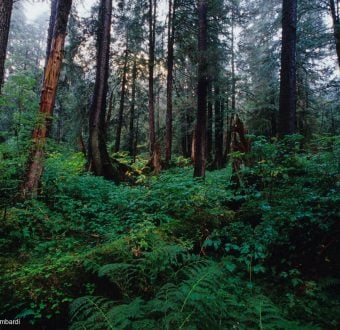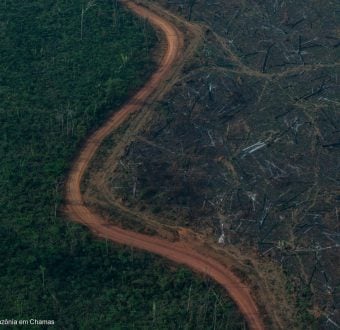Just a few days ago, the NGO Union of Concerned Scientists released a report ranking Brazil as a global example in combating deforestation and thus decreasing Greenhouse Gas (GHG) emissions, (because deforestation is the greatest source of GHG in Brazil).
This recognition is welcome, because many local and international NGOs, government officials, and businesses have helped Brazil reduce deforestation over the past decade. This effort has included the creation of more protected areas, sustainability guidelines on loans, smarter environmental law enforcement, new technologies, and initiatives such as the Soy Moratorium and Cattle Agreement. There is not one group or one type of group alone who can take credit for the overall success we see today.
Unfortunately, despite a series of positive developments, the current situation in the Amazon cannot be interpreted as “all is well.” Even though the deforestation rate is significantly lower than before, the amount of annual forest loss is still too much and the forest and everything achieved to date is still under threat.
In 2012, the Brazilian government weakened the rules for the protection of our forests and gave amnesty to environmental criminals with the New Forest Code legislation. It was not surprising that Brazil noted a 28% increase in Amazon deforestation the year after its approval. Right now in the Brazilian Congress the industrial agribusiness lobby known as the ‘Ruralistas’ are attempting to reawaken a colonialist spirit and weaken indigenous rights and decrease the size of indigenous lands in Brazil which have been proven to be one of the most effective conservation tools. Meanwhile logging in the Amazon is still completely out of control and acts as a catalyst for deforestation. In Para State, the largest producer and exporter of Brazilian Timber, it is estimated the 78% of logging is done illegally. The 8 year old Soy Moratorium, widely acknowledged as a key tool in the fight against deforestation since 2006 is slated to end in December 2014.
To use a requisite soccer metaphor: Brazil has scored many goals for the forest, but it is still half time, we are still behind, and some players of our players have received yellow cards.
Brazilian colleague Marcio Astrini summarizes the recent news like this: “The targets for reducing greenhouse gases assumed by the Brazilian government and its results were the result of a massive mobilization of civil society and not politicians alone. The fact was and remains extremely important to press other countries to do the same. This progress, however, can not work with a smokescreen to hide the serious and urgent environmental and social problems we still have to face in the country.”




